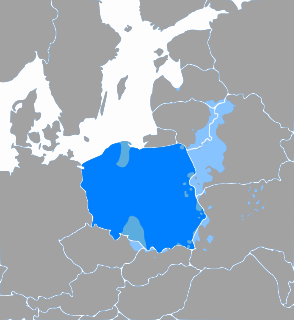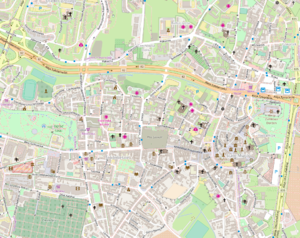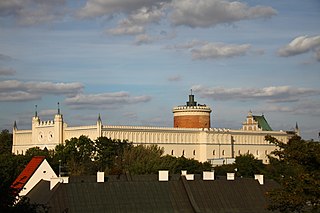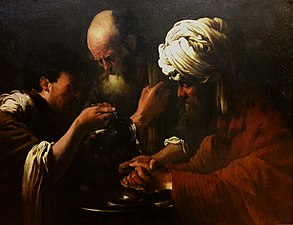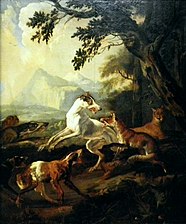
Kazimierz Józef Marian Michałowski was a Polish archaeologist and Egyptologist, art historian, member of the Polish Academy of Sciences, professor ordinarius of the University of Warsaw as well as the founder of the Polish school of Mediterranean archaeology and a precursor of Nubiology.
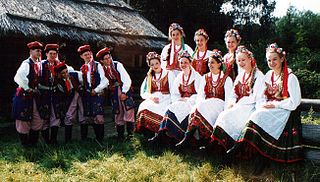
Kraków is considered by many to be the cultural capital of Poland. It was named the European Capital of Culture by the European Union for the year 2000. The city has some of the best museums in the country and several famous theaters. It became the residence of two Polish Nobel laureates in literature: Wisława Szymborska and Czesław Miłosz, while a third Nobel laureate, the Yugoslav writer Ivo Andric also lived and studied in Krakow. It is also home to one of the world’s oldest universities, the Jagiellonian University of Kraków.
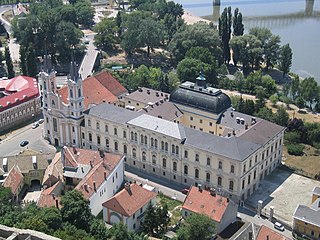
The Christian Museum is the largest ecclesiastical collection in Hungary; it conserves European and Hungarian works of art from the period between the 13th and 19th centuries.

The National Museum (NM) is a Czech museum institution intended to systematically establish, prepare, and publicly exhibit natural scientific and historical collections. It was founded in 1818 by Kašpar Maria Šternberg. Historian František Palacký was also strongly involved in the foundation of the museum.

The National Museum in New Delhi, also known as the National Museum of India, is one of the largest museums in India. Established in 1949, it holds variety of articles ranging from pre-historic era to modern works of art. It functions under the Ministry of Culture, Government of India. The museum is situated on the corner of Janpath and Maulana Azad Road. The blue–print of the National Museum had been prepared by the Gwyer Committee set up by the Government of India in 1946. The museum has around 200,000 works of art, both of Indian and foreign origin, covering over 5,000 years.

The National Museum in Warsaw, popularly abbreviated as MNW, is a national museum in Warsaw, one of the largest museums in Poland and the largest in the capital. It comprises a rich collection of ancient art, counting about 11,000 pieces, an extensive gallery of Polish painting since the 16th century and a collection of foreign painting including some paintings from Adolf Hitler's private collection, ceded to the Museum by the American authorities in post-war Germany. The museum is also home to numismatic collections, a gallery of applied arts and a department of oriental art, with the largest collection of Chinese art in Poland, comprising some 5,000 objects.

Maidstone Museum & Bentlif Art Gallery a local authority-run museum located in Maidstone, Kent, England, featuring internationally important collections including fine art, natural history, and human history. The Museum is one of three operated by Maidstone Borough Council. Maidstone Museum & Bentlif Art Gallery is Grade II* listed.

The National Museum in Kraków, popularly abbreviated as MNK, established in 1879, is the main branch of Poland's National Museum, which has several independent branches with permanent collections around the country. The Museum consists of 21 departments which are divided by art period; 11 galleries, 2 libraries, and 12 conservation workshops. It holds some 780,000 art objects, spanning from classical archeology to modern art, with special focus on Polish painting.

The Gallery of 19th-Century Polish Art at Sukiennice, is a division of the National Museum, Kraków, Poland. The Gallery is housed on the upper floor of the Renaissance Sukiennice Cloth Hall in the center of the Main Market Square in Old Town Kraków.

The Department of Asia in the British Museum is one of the largest collections of historical artifacts from Asia, consisting of over 75,000 objects covering the material culture of the Asian continent, and dating from the Neolithic age up to the present.
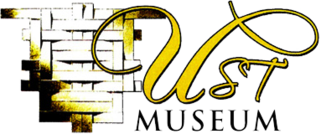
The University of Santo Tomas Museum of Arts and Sciences is the oldest existing museum in the Philippines. It started as a Gabinete de Fisica, or observation room, of mineral, botanical and biological collections in the 17th century. Under the old Spanish educational law the collections were used as classroom materials, especially in Medicine and Pharmacy.

The National Museum in Poznań, Poland, abbreviated MNP, is a state-owned cultural institution and one of the largest museums in Poland. It houses a rich collection of Polish painting from the 16th century on, and a collection of foreign painting. The museum is also home to numismatic collections and a gallery of applied arts.

The National Folk Decorative Art Museum is a museum dedicated to Ukrainian Folk decorative art in Kiev, Ukraine.

The Museum of King John III's Palace at Wilanów is a museum in Warsaw, Poland considered to be one of the oldest in the country and the repository of the country's royal and artistic heritage. The collection consists of valuables collected by subsequent owners of the Wilanów Palace, the Kings of Poland - John III Sobieski and Augustus II, as well as by representatives of noble families of Potocki, and Lubomirski and a collection of Sarmatian art.

The National Museum of Ethnography is a museum of ethnography in Warsaw, Poland. It was established in 1888.
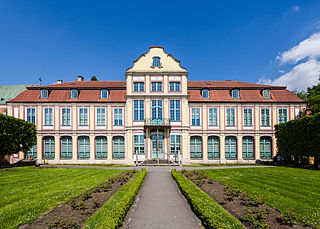
The Abbots' Palace in Oliwa is a rococo palace in Oliwa, a quarter of Gdańsk (Danzig). The first portion of the palace, the "Old Palace" was constructed in the 15th century. Later, in the first half of the sixteen hundreds a "New Palace" was added, which served as the residency of the then abbot of the Cistercians, Jan Grabiński. The final additions to the palace were made between 1754 and 1756, and were funded by another Cistercian abbot, Jacek Rybiński.

The National Museum in Wrocław, established 28 March 1947 and officially inaugurated on 11 July 1948, is one of Poland's main branches of the National Museum system. It holds one of the largest collections of contemporary art in the country.
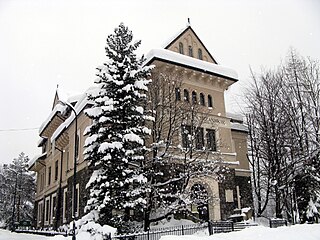
The Tatra Museum is a museum of the history, culture, nature and ethnography of the Polish Tatras; its main branch is located in Zakopane, Poland.

National Museum of Hutsulshchyna and Pokuttya Folk Art - a museum in Kolomyia, Ukraine with a collection of more than 50 000 objects documenting the history and folk culture of Hutsulshchyna and Pokuttya regions.

The Museum of Cieszyn Silesia in Cieszyn is one of the oldest public museums in Central Europe and the oldest public museum in Poland, set up by father Leopold Jan Szersznik in 1802.

